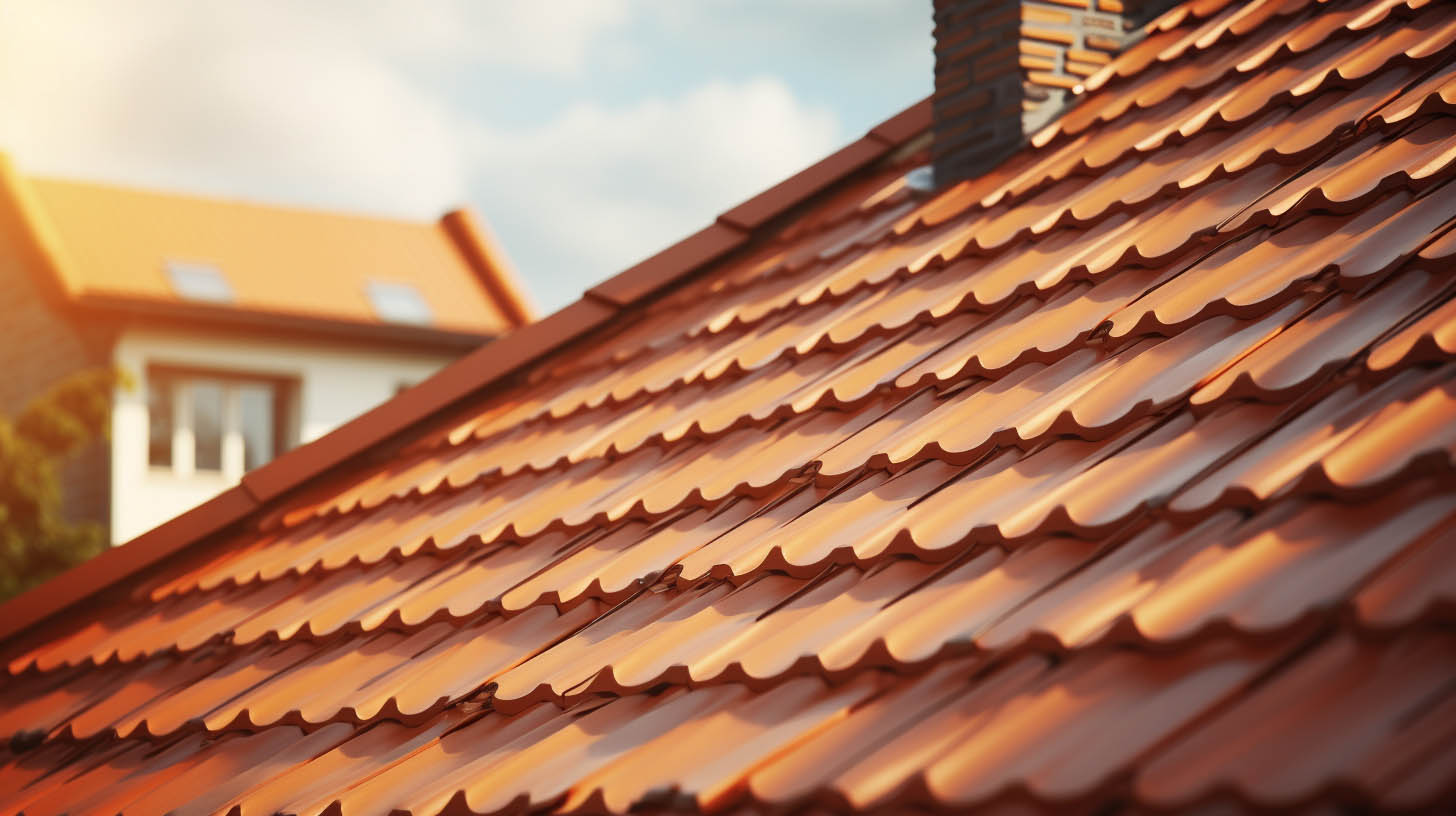
Understanding Roof Flashing: Its Critical Role in Roof Protection
Introduction to Roof Flashing
In the realm of roofing, one component often overlooked yet crucial for the integrity and longevity of your roof is roof flashing. This element plays a pivotal role in directing water away from critical areas, ensuring your home remains safe and dry.
Types of Roof Flashing
Valley Flashing
Valley flashing is found in the ‘valleys’ of your roof, where two slopes meet. This area is prone to collecting water, making robust valley flashing essential for preventing leaks.
Apron Flashing
Apron flashing, shaped like an ‘L’, is typically installed at the base of roof protrusions, such as chimneys and dormers, offering an added layer of protection against water ingress.
Step Flashing
Step flashing is strategically placed under each shingle where it meets a vertical structure like a wall or chimney. This type of flashing is integral in safeguarding the length of the wall against moisture.
Counter Flashing
Similar to step flashing, counter flashing is used along walls or chimneys but is distinctively cut into the mortar joint and sealed with roofing cement for enhanced protection.
Key Locations for Roof Flashing
Chimney Flashing
Chimneys, protruding through the roof, require flashing to shield against water running down during rainstorms.
Vent Pipe Flashing
Vent pipes, necessary for natural gas ventilation, emerge through the roof, necessitating proper flashing to prevent leaks.
Skylight Flashing
Skylights, while allowing natural light, also pose a risk for water entry. Flashing kits specifically designed for skylights are essential to maintain a watertight seal.
Installation and Maintenance of Roof Flashing
At MaxForce Roofing and Siding LLC in Columbus, OH, we advocate for the replacement of roof flashing during roof renovations. This ensures a comprehensive upgrade, reducing the likelihood of leaks. While DIY flashing repair is possible, it’s generally advisable to rely on professionals for optimal results.
Common Challenges with Roof Flashing
Age-Related Wear
Over time, flashing can deteriorate, leading to rust and the need for replacement.
Weather-Induced Damage
Extreme temperatures can cause flashing to expand or contract, potentially leading to leaks. Additionally, strong winds and hail can damage flashing, creating openings for water ingress.
Installation Errors
Properly installed flashing can last a long time, but poor installation or DIY mistakes can lead to significant issues.
Foundation Movement
Shifting foundations can cause flashing to crack or detach, necessitating professional assessment and repair.
Conclusion
Roof flashing is a fundamental aspect of a well-maintained roof, playing a critical role in preventing water damage. Regular inspections and maintenance, particularly by experienced professionals like MaxForce Roofing and Siding LLC, are key to ensuring the longevity and effectiveness of roof flashing.

